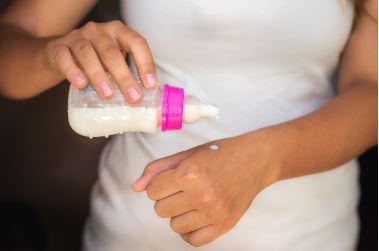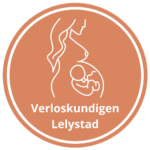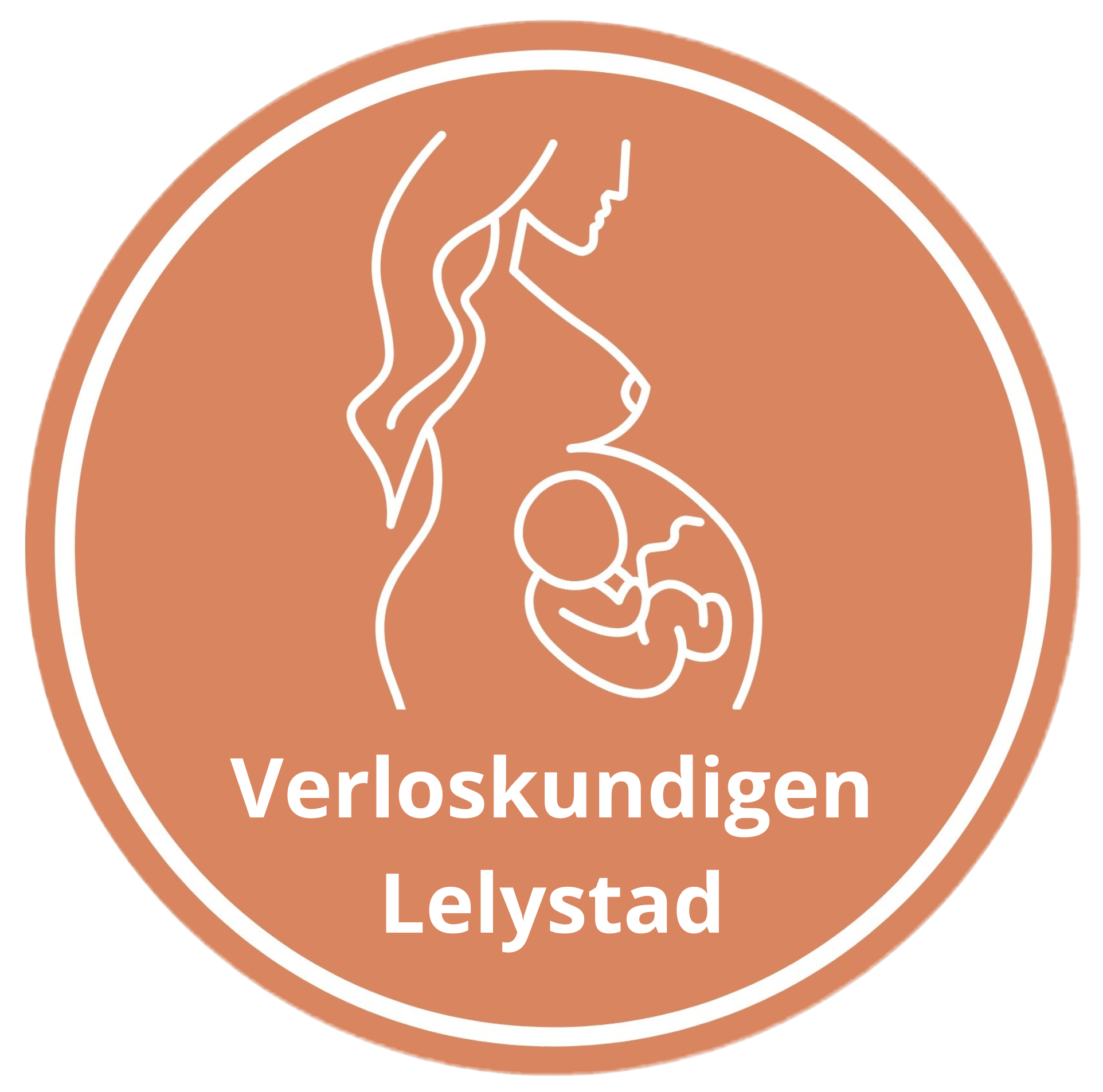- 085 40 19 095 (register + non-urgent questions)
- 06 53 65 91 91 (emergency, delivery)

Bottle feeding: everything you need to know
Bottle feeding is a great alternative breastfeeding. Especially if, for example, you are taking medication and cannot breastfeed. If you want to bottle feed, it is good to know the following:
1. Choosing the right bottle feeding
If you or your partner suffer from allergies, asthma or eczema, consider hypoallergenic formula. If this is not the case, standard infant formula for newborns is a good choice.
2. The perfect bottle for bottle feeding
Various baby bottles are available. Choose what feels best for you. For the first months, a small bottle is sufficient, since you only give small amounts of bottle feeding. Choose a bottle on which you can easily read the number of milliliters.
3. The teat for bottle feeding
Teats vary in shape and size of openings. Some babies prefer a round or flat top. If your baby drinks quickly and voraciously, choose a pacifier with a smaller hole; a bigger hole for slower drinkers. Never use a pacifier with homemade extra holes. Multi-position teats are also available.
4. Feeding schedule for bottle feeding
Just like with breastfeeding, bottle feed your baby every 3 hours in the first week to develop an eating rhythm. Also measure your baby's temperature after each feeding and record the time, amount and temperature in the maternity file.
5. Amount of bottle feeding
Increase the amount of bottle feeding daily by 10 ml. Start with 10 ml per feeding on the first day and increase gradually. Ultimately, your baby will need between 90 and 110 ml per feeding. Pay attention to signs of overfeeding, such as abdominal cramps or obesity.
6. Water use for bottle feeding
In the Netherlands, tap water is suitable for bottle feeding. Be careful with new taps or lead pipes. In those cases, use bottled spring water.
7. Prepare bottle feeding
- Always wash your hands before preparing bottle feeding.
- You don't have to boil the bottle and teat in advance.
- Use the correct amount of water (see packaging).
- Heat the water in the microwave and then add the formula. Do not shake the bottle too hard to avoid air bubbles and cramps.
- Check the temperature of the formula on your wrist.
- Offer formula to your baby and throw away leftovers.

8. Stock of bottle food
You can prepare several bottles in advance with cooled, boiled water. Store it in the refrigerator at 4°C for up to 8 hours. Do not reuse bottles once touched.
9. Cleaning bottles
Rinse the bottle and teat with cold water immediately after feeding. Wash them in the dishwasher or by hand and let them dry on a clean tea towel.
10. Bottle feeding positions
Choose a comfortable position for you and your baby. Hold the bottle at half an angle to prevent air intake. Switch sides with each feeding to avoid a preferential position.
11. Rest and bottle feeding
Provide a quiet environment during bottle feeding. Avoid distractions to create a quiet moment for you and your baby.
12. Sports bra after giving birth
If you bottle feed, wear a tight sports bra immediately after delivery to inhibit breastfeeding. Do not use a normal bra. If necessary, use socks or elastic bandages for extra pressure.
The above points are good to know if you want to bottle feed. Of course we are there for you if you have any questions.

